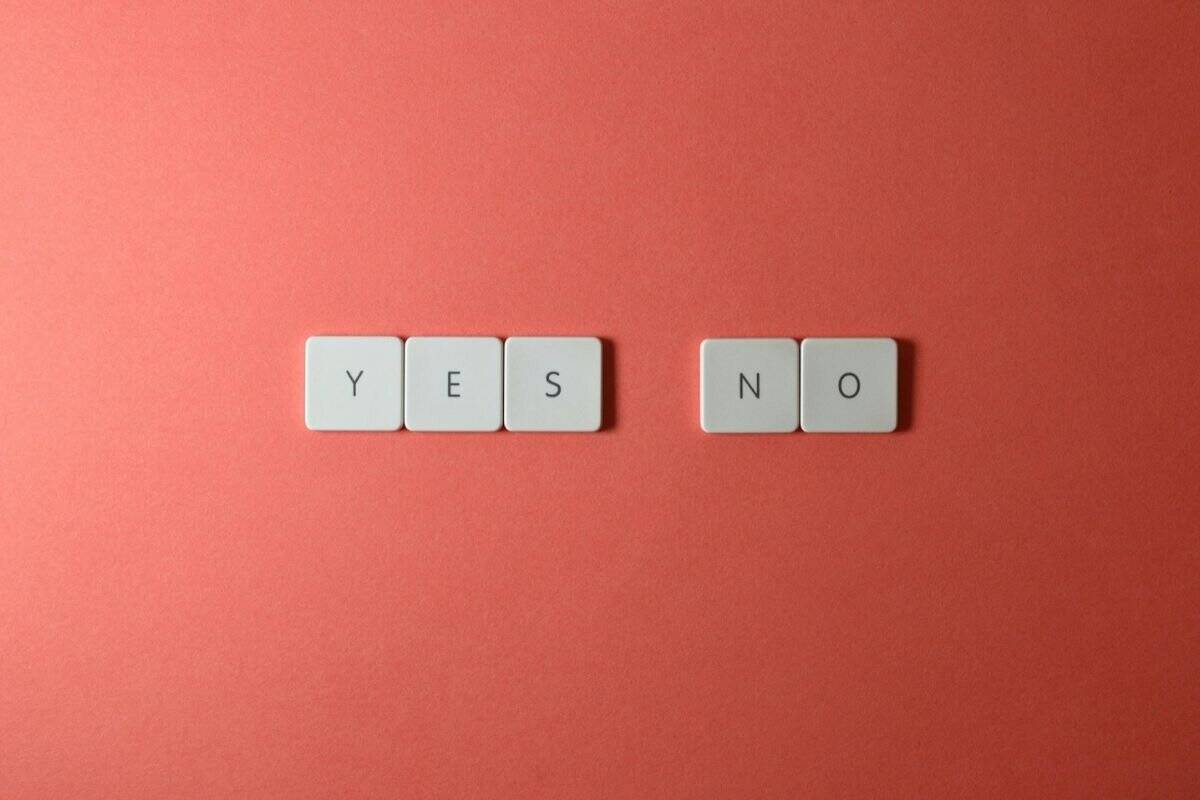Up, down.
Left, right.
Hot, cold.
Opposing word pairs that contradict each other are called antonyms. Simple, right?
We might initially think so, but like any other linguistic element, antonyms have so much depth and complexity that many writers overlook their nuances.
While these words have opposite meanings, many experts will tell you that they are far more than that.
Antonyms basically are frenemies who exist to challenge each other.
In linguistic terms, it’s called a binary semantic relationship (we’ll get into detail about this later on).
They exist to provide meaning to each other, relying on each other to make sense.
In this guide, we’ll explore everything from the basic definition of antonyms to their various types, practical applications, and common mistakes.
Read on.
Antonyms Meaning in Grammar
In its simplest form, an antonym is a word that means the opposite of another word.
Think light/dark, happy/sad, or victory/defeat.
But look deeper, and antonyms become much more than just opposing pairs—they’re relationship tools that help us understand meaning through contrast.
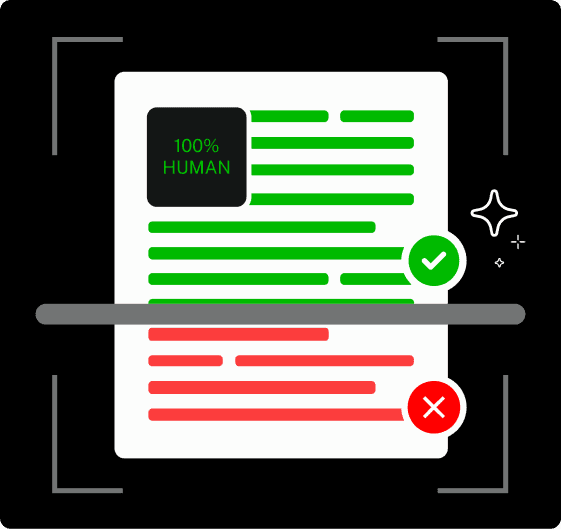
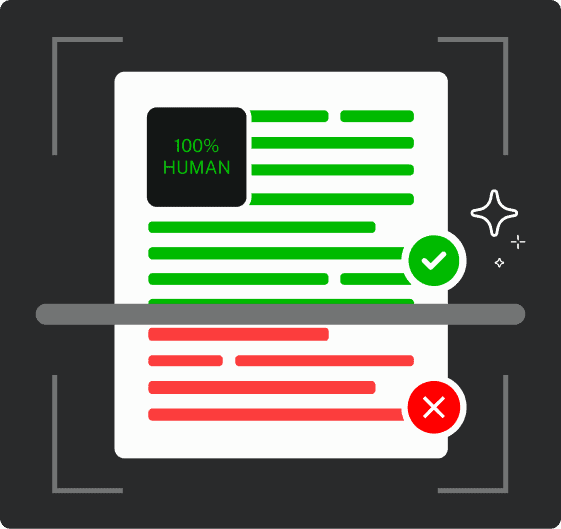
Never Worry About AI Detecting Your Texts Again. Undetectable AI Can Help You:
- Make your AI assisted writing appear human-like.
- Bypass all major AI detection tools with just one click.
- Use AI safely and confidently in school and work.
Linguists define antonyms as words with binary semantic relationships.
That’s a fancy way of saying they exist on opposite ends of the same conceptual spectrum.
When you understand one word in the pair, you automatically grasp something fundamental about its opposite.
Unlike many language concepts with ancient Greek or Latin origins, the term “antonym” is relatively young. It emerged in the mid-19th century, combining “anti” (meaning “opposite”) and “-onym” (meaning “name”).
This makes antonyms linguistic siblings to synonyms and homonyms, which are all terms describing relationships between words.
What separates antonyms from other word pairs is the direct opposition of meaning.
While synonyms cluster around similar concepts, antonyms pull in completely opposite directions.
This tension creates a semantic tug-of-war that gives language much of its descriptive power.
Types of Antonyms
Not all opposites function the same way.
Antonyms actually fall into three distinct categories, each creating opposition in a slightly different manner:
1. Gradable Antonyms – These opposite pairs exist on a spectrum with possible intermediate values. Consider “hot” and “cold.” Between these extremes lie “warm,” “cool,” and various temperature gradations. Other examples include:
- Rich/Poor (with middle class between)
- Beautiful/Ugly (with plain, average, etc. between)
- Intelligent/Stupid (with average intelligence between)
Gradable antonyms often accept modifiers like “very,” “extremely,” or “slightly” because they represent qualities that vary by degree.
2. Complementary Antonyms – These create an either/or relationship with no middle ground. You’re either “alive” or “dead,” where there’s no intermediate state (despite what zombie movies suggest). These binary opposites create mutual exclusivity. For example:
- Present/Absent
- Pass/Fail
- On/Off
- True/False
What makes complementary antonyms distinctive is their logical relationship: the negative of one word equals the meaning of the other. If something isn’t “on,” it must be “off.”
3. Relational (or Converse) Antonyms These describe the same relationship from opposite perspectives. Think “teacher/student” or “parent/child.” Each word in the pair only makes sense in relation to its opposite. Other examples include:
- Buy/Sell
- Give/Receive
- Above/Below
- Husband/Wife
Relational antonyms are particularly useful in storytelling, as they help establish character dynamics and relationships.
Understanding these categories helps writers choose the most appropriate opposing words for their specific context.
A gradable antonym provides nuance, while a complementary antonym creates a stark contrast.
The type you select influences how readers perceive the opposition you’re creating.
Antonyms vs. Synonyms
Antonyms and synonyms represent contrasting approaches to meaning, yet both are essential tools in any writer’s vocabulary toolkit.
While antonyms pull words apart, synonyms draw them together.
Synonyms are words with the same or similar meanings: “happy,” “joyful,” and “delighted” all occupy nearby semantic territory.
They allow writers to avoid repetition and add texture to descriptions.
When you’re looking for synonyms, you’re seeking sameness.
Antonyms, by contrast, create opposition.
They establish boundaries and distinctions.
When searching for antonyms, you’re looking for difference—the word that stands in direct contrast to your original term.
The distinction seems straightforward, but confusion often arises in practical application. Is “warm” the antonym of “cold,” or is it “hot”?
The answer depends on context and the specific meaning you want to convey.
Here’s a practical example showing how synonyms and antonyms work together in writing:
“Her demeanor wasn’t just cold – it was frigid and icy. A stark contrast to her brother’s warm, welcoming personality.”
In this sentence, “frigid” and “icy” function as synonyms for “cold,” while “warm” and “welcoming” serve as antonyms.
This interplay between similar and opposite terms creates both cohesion and contrast.
Many words have multiple synonyms and antonyms depending on the specific shade of meaning being used.
“Light” can mean not heavy (antonym: heavy), not dark (antonym: dark), or not serious (antonym: serious).
Each definition generates its own set of synonyms and antonyms.
Understanding the relationship between these word types gives writers greater precision and flexibility.
The most effective writing often employs both, using synonyms to add richness and antonyms to create contrast.
Examples of Antonyms in Sentences
Seeing antonyms in context helps clarify their function and impact.
Here are practical examples demonstrating how opposing word pairs create contrast and clarity in everyday writing:
In Literature:
“It was the best of times, it was the worst of times, it was the age of wisdom, it was the age of foolishness…” – Charles Dickens, A Tale of Two Cities
Dickens’s famous opening relies entirely on antonyms to establish the novel’s central theme of duality. The contrast between opposites creates immediate tension and interest.
In Everyday Speech:
“The cheap shoes fell apart after a month, so I invested in an expensive pair that’s lasted for years.”
Here, the antonyms “cheap” and “expensive” help establish cause and effect while creating a value comparison.
In Academic Writing:
“While traditional theories emphasized the external factors influencing behavior, modern approaches focus more on internal psychological mechanisms.”
Academic writing often uses antonyms to distinguish between competing theories or approaches.
In Persuasive Writing:
“Our competitors offer temporary solutions at inflated prices. We provide permanent fixes at reduced cost.”
Marketing and persuasive writing frequently employ antonym pairs to highlight advantages and disadvantages.
In Instructional Content:
“Tighten the top screw while loosening the bottom one to adjust the tension properly.”
Clear instructions often rely on antonyms to explain opposing actions.
What makes these examples effective is how the opposing pairs create immediate contrast that clarifies meaning.
When we understand one term in the pair, we more fully grasp the significance of its opposite.
The strategic placement of antonyms within a sentence also matters.
Placing them close together heightens the contrast while separating them creates a more subtle opposition.
Compare:
“She spoke softly but carried a loud message.”
versus
“She spoke softly. Her message, however, came across loud and clear.”
Both versions use the same antonym pair, but the first creates more immediate contrast through proximity.
How to Find Antonyms
Discovering the perfect opposite word isn’t always as simple as adding “un-” or “dis-” to your original term.
Here are several approaches to finding precise antonyms:
1. Consult a Thesaurus – While most people think of a thesaurus as a synonym-finding tool, quality thesauruses also list antonyms. The digital version of Roget’s Thesaurus is particularly useful for finding opposites organized by concept rather than just alphabetically.
2. Use Online Tools – Websites like Thesaurus.com, Merriam-Webster, and WordHippo offer dedicated antonym sections. These digital resources often categorize opposites by specific meanings, helping you find the most contextually appropriate option.
3. Try Word Association – Sometimes, the best approach is simple brainstorming. Ask yourself, “What represents the opposite of this concept?” For abstract terms especially, this intuitive method can yield surprising and creative results.
4. Look for Prefixes – Many antonyms are formed using prefixes that indicate opposition:
- “un-“: happy/unhappy, certain/uncertain
- “dis-“: honest/dishonest, appear/disappear
- “in-” or “im-“: visible/invisible, possible/impossible
- “anti-“: clockwise/anticlockwise, matter/antimatter
However, be careful with this approach. Not all words with these prefixes are true antonyms of their root words.
5. Consider Context – The appropriate antonym often depends on your specific context. For “light,” are you referring to weight (heavy), brightness (dark), or seriousness (serious)? The context determines which opposite you need.
Remember that language is rarely binary. Many concepts exist on a spectrum, and finding the exact opposite point on that spectrum requires careful consideration of nuance and context.
How Antonyms Improve Your Writing
Antonyms do more than just provide opposite meanings. If used correctly, they can transform ordinary prose into compelling content.
Here’s how strategic use of opposing word pairs can elevate your writing:
- Create Contrast and Clarity – Antonyms establish clear distinctions between concepts, helping readers understand ideas through comparison. When F. Scott Fitzgerald wrote, “The test of a first-rate intelligence is the ability to hold two opposed ideas in mind at the same time and still retain the ability to function,” he used the contrast between “opposed ideas” to sharpen his point.
- Build Tension and Drama – The opposition between antonyms naturally creates tension. Consider how Martin Luther King Jr. used antonyms in his famous speech: “With this faith, we will be able to hew out of the mountain of despair a stone of hope.” The contrast between “despair” and “hope” creates emotional resonance.
- Enhance Description – Precise antonyms add dimension to descriptions. Instead of saying something is “not big,” using “tiny,” “miniature,” or “microscopic” provides more vivid imagery. The specific antonym you choose shapes the reader’s mental picture.
- Balance and Structure – Paired opposites create satisfying structural balance. Churchill’s “We shall fight on the beaches, we shall fight on the landing grounds…” is powerful partly because it balances determination against varying locations, creating rhythm through contrast.
- Avoid Repetition and Redundancy – Antonyms help you reframe ideas from different angles without saying the same thing twice. Instead of repeating, “The project succeeded because we planned carefully,” you might add, “It would have failed with haphazard preparation.”
- Create Memorable Phrases – Many memorable quotes and expressions rely on the contrast between opposites: “Less is more,” “The longest way round is the shortest way home,” or “The child is father of the man.” These phrases stick with us precisely because the tension between opposites creates cognitive interest.
- Improve Precision – Choosing the exact antonym forces you to clarify your own thinking. If you’re looking for the opposite of “generous,” is it “stingy,” “selfish,” “miserly,” or “frugal”? Each carries different connotations that sharpen your intended meaning.
To harness these benefits, try intentionally incorporating antonym pairs in your next writing project.
Look for opportunities to replace vague negations (“not good”) with precise opposites (“disastrous”).
Or experiment with parallel structures that juxtapose contrasting concepts for rhetorical impact.
Common Mistakes With Antonyms
Even experienced writers sometimes stumble when working with opposing word pairs.
Avoid these common antonym pitfalls:
- Assuming Single Opposites – Perhaps the most common mistake is assuming every word has exactly one “true” antonym. Most words have multiple potential opposites depending on context and meaning. “Light” might be opposed by “heavy,” “dark,” “serious,” or even “dense,” depending on your meaning.
- Confusing Contradictories and Contraries – Not all opposites function the same way. “Not happy” isn’t necessarily the same as “sad.” One might be neutral, content, or ambivalent without being sad. Failing to distinguish between direct opposites and mere contradictions leads to imprecise language.
- Creating False Binaries – Many concepts exist on a spectrum rather than in binary opposition. Treating complex ideas like “liberal/conservative” or “success/failure” as simple antonym pairs oversimplify nuanced realities.
- Misusing Prefixes – Adding negating prefixes doesn’t always create true antonyms. “Invaluable” isn’t the opposite of “valuable”—it means extremely valuable or priceless. Similarly, “inflammable” means the same as “flammable,” not its opposite.
- Ignoring Connotation – Technically correct antonyms might carry connotations that make them inappropriate. While “boy” and “girl” are opposites in terms of gender, they’re not appropriate opposites in many contexts due to age implications. Always consider the full range of a word’s meaning.
- Overusing Antonym Pairs – Constantly juxtaposing opposites can become formulaic and tiresome. “She was neither happy nor sad, neither energetic nor lethargic, neither interested nor bored.” This pattern quickly becomes monotonous when overused.
How to Never Get Antonyms Wrong Again
Antonyms might seem straightforward, just swap a word for its opposite, right? Not quite.
Context matters. Light could mean brightness or weight. Hard might mean solid or difficult.
And that’s where most writers get tripped up: choosing the wrong kind of “opposite” for the sentence they’re actually writing.
And say you want to paraphrase your essay—maybe to improve clarity, change tone, or avoid repetition. You’ll need more than just a dictionary.
You need smart tools that understand what you’re trying to say.
That’s where Undetectable AI comes in. These copywriting tools are freakishly good at making your writing smoother, sharper, and more readable.

- AI Paraphrasing tool – Need a stronger opposite that actually fits your sentence? This tool rewrites with purpose. Whether you’re softening a tone or flipping the meaning entirely, the AI suggests context-appropriate antonyms without flattening your style.
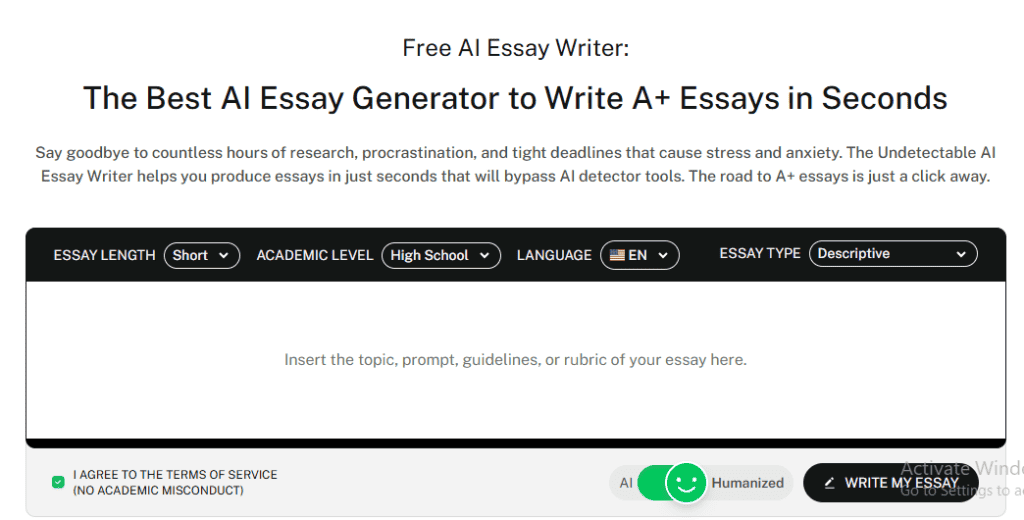
- AI Essay Writer – Struggling to vary your language or balance tone? This tool naturally integrates antonyms and contrasting terms to make your writing sharper, more dynamic, and less repetitive. Great for essays, blogs, and anything that needs nuance.
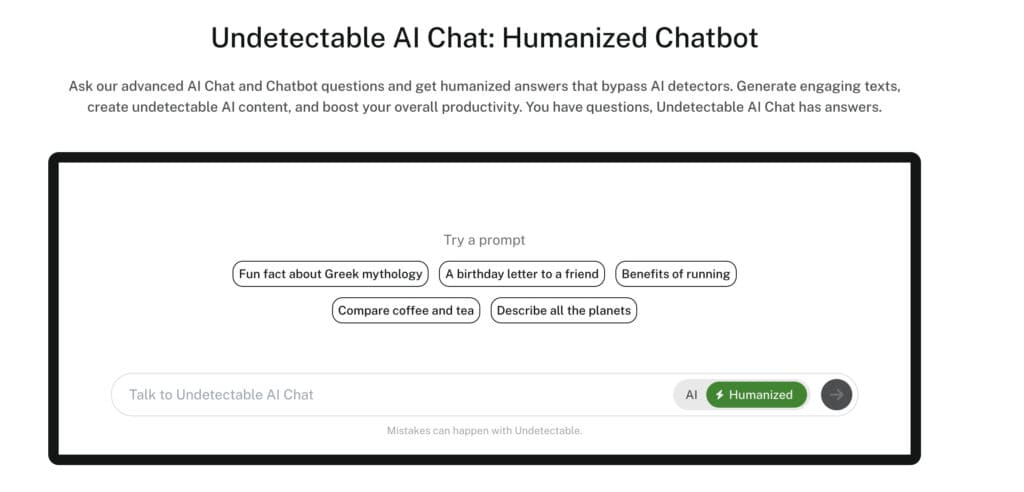
- AI Chat – Stuck mid-sentence and unsure of the right opposite for “transparent,” “intense,” or “low-key?” Just ask. The AI Chat gives real-time suggestions with explanations—no more guesswork, just clean, confident word swaps.
With tools like these, you’ll master the use of antonyms. Opposites attract, sure. But with Undetectable AI, they also impress.
Experience the power of our AI Detector and Humanizer in the widget below!
FAQs About Antonyms
What is a simple definition of antonyms?
Antonyms are words with opposite meanings. They create contrast by representing opposing concepts, qualities, or actions.
Unlike synonyms (which are similar in meaning), antonyms stand in direct opposition to each other, like “hot” and “cold” or “begin” and “end.”
Are all antonyms direct opposites?
No, not all antonyms represent perfect binary opposites.
While complementary antonyms like “alive/dead” create an either/or relationship, gradable antonyms like “hot/cold” exist on a spectrum with many intermediate states.
Relational antonyms like “teacher/student” represent the same relationship from opposite perspectives rather than opposing qualities.
Can one word have multiple antonyms?
Yes, most words have multiple potential antonyms depending on context and which aspect of meaning is being emphasized.
“Light” can be opposed by “heavy” (weight), “dark” (brightness), or “serious” (mood).
The appropriate antonym depends entirely on which meaning is being used in context.
Are antonyms useful in storytelling?
Absolutely! Antonyms help writers create conflict, contrast characters, establish themes, and build tension.
Many classic stories revolve around opposing forces: good versus evil, love versus hate, freedom versus tyranny.
Antonym pairs help writers establish these fundamental tensions and explore how they interact throughout a narrative.
Contrast Creates Clarity
Antonyms might seem like a basic grammar concept, but their impact on writing quality can be profound.
These opposing word pairs create dimension, clarity, and emotional resonance in your writing.
As you continue developing your writing skills, pay attention to how skilled writers use antonyms to create contrast and meaning.
Notice how opposing pairs create balance, tension, and clarity in both creative and professional writing.
Want help finding the perfect word—or its perfect opposite? Try Undetectable AI.
Whether you’re paraphrasing, refining tone, or just stuck mid-sentence, our smart tools make every word count.
